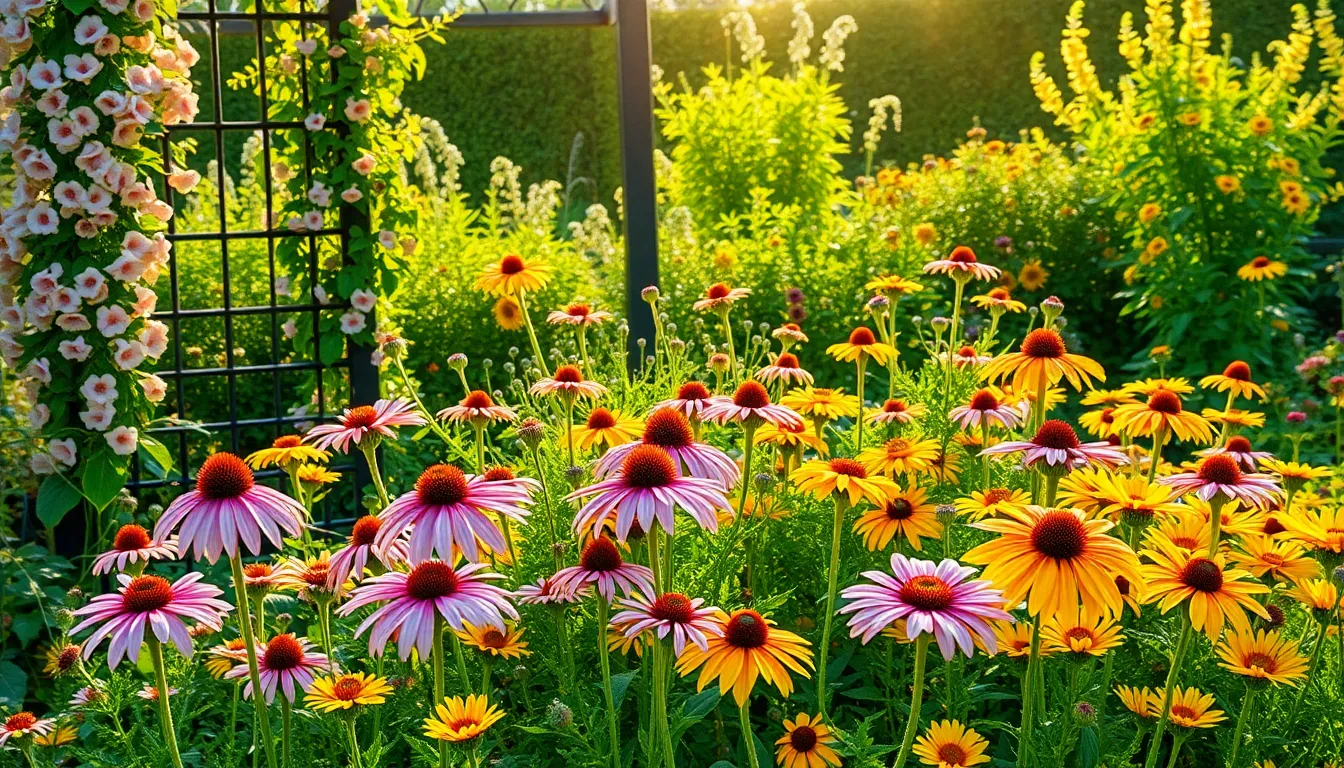Imagine stepping into your garden on a sun-drenched morning, where an array of vibrant blooms greets you with their cheerful faces and sweet fragrances. Whether you’re a novice just beginning your gardening journey or a seasoned green thumb seeking fresh inspiration, “Best Flowers to Grow for a Summer Garden” is your trusty companion in creating a floral paradise that thrives with life and color.
In this guide, we’ve carefully curated a selection of blossoms that not only dazzle the senses but are also robust and easy to cultivate, ensuring success for gardeners of all skill levels. These flowers are more than just pretty petals; they offer essential benefits like attracting pollinators, enhancing your landscape’s beauty, and providing cut flowers to brighten your home.
With each page, you’ll gain insights into selecting the right flowers, understanding their unique needs, and nurturing them to their full potential. Embrace the joy and satisfaction of watching your garden flourish, knowing you’ve chosen plants designed to thrive and impress throughout the sunniest season.
Dahlias (Dahlia pinnata)
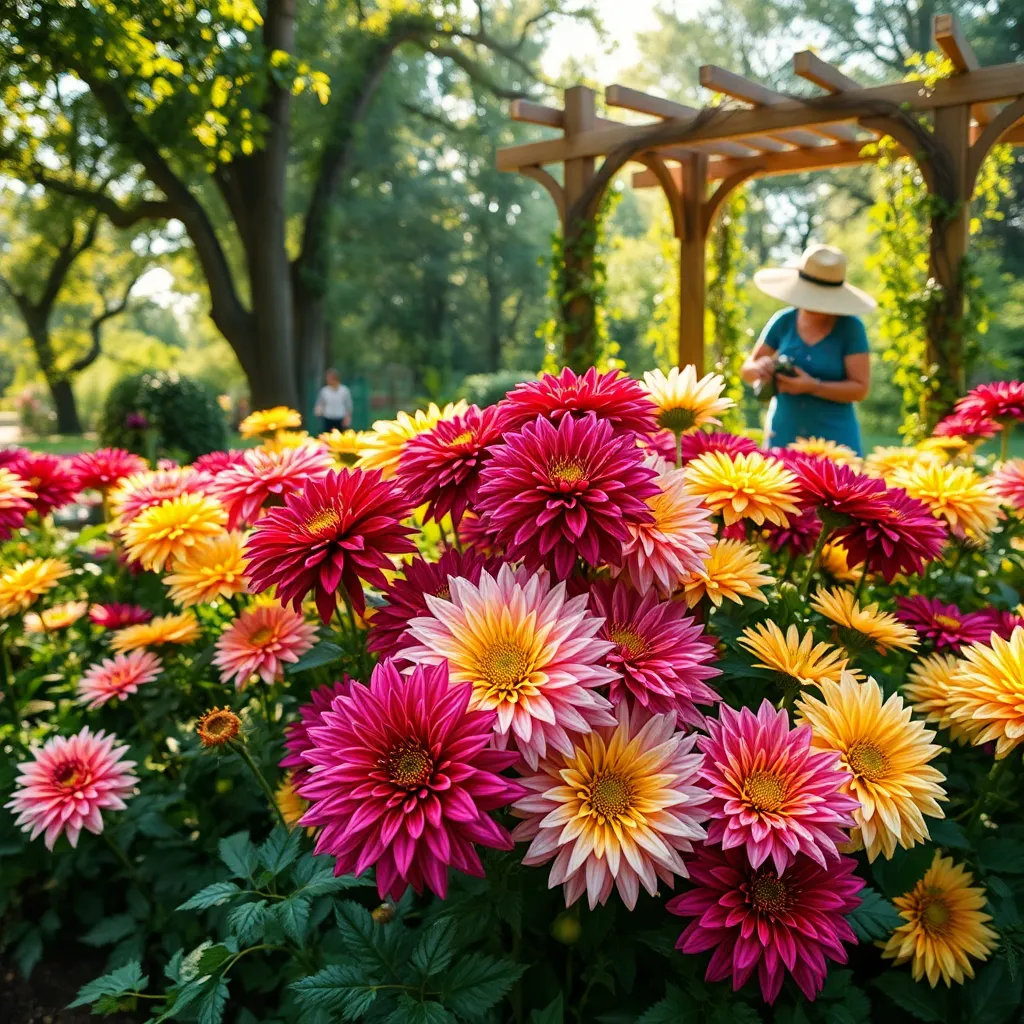
Dahlias are a spectacular choice for a summer garden, offering vibrant blooms in a wide array of colors and forms. To achieve their full potential, plant dahlias in a location that receives full sun, ideally at least six to eight hours daily.
Before planting, it’s crucial to prepare the soil by mixing in plenty of organic matter to ensure good drainage, as dahlias dislike soggy conditions. For best results, aim for a soil pH between 6.0 and 7.5, which supports healthy growth and vibrant flowers.
When planting dahlia tubers, ensure they are buried about 4-6 inches deep and spaced approximately 18-24 inches apart to allow room for their expansive foliage. Water deeply once a week, allowing the soil to dry out slightly between waterings to prevent root rot.
For advanced gardeners looking to enhance bloom production, consider pinching out the terminal buds when the plants are about a foot tall. This encourages bushier growth and more flowers, maximizing the beauty of your summer garden.
Marigolds (Tagetes erecta)
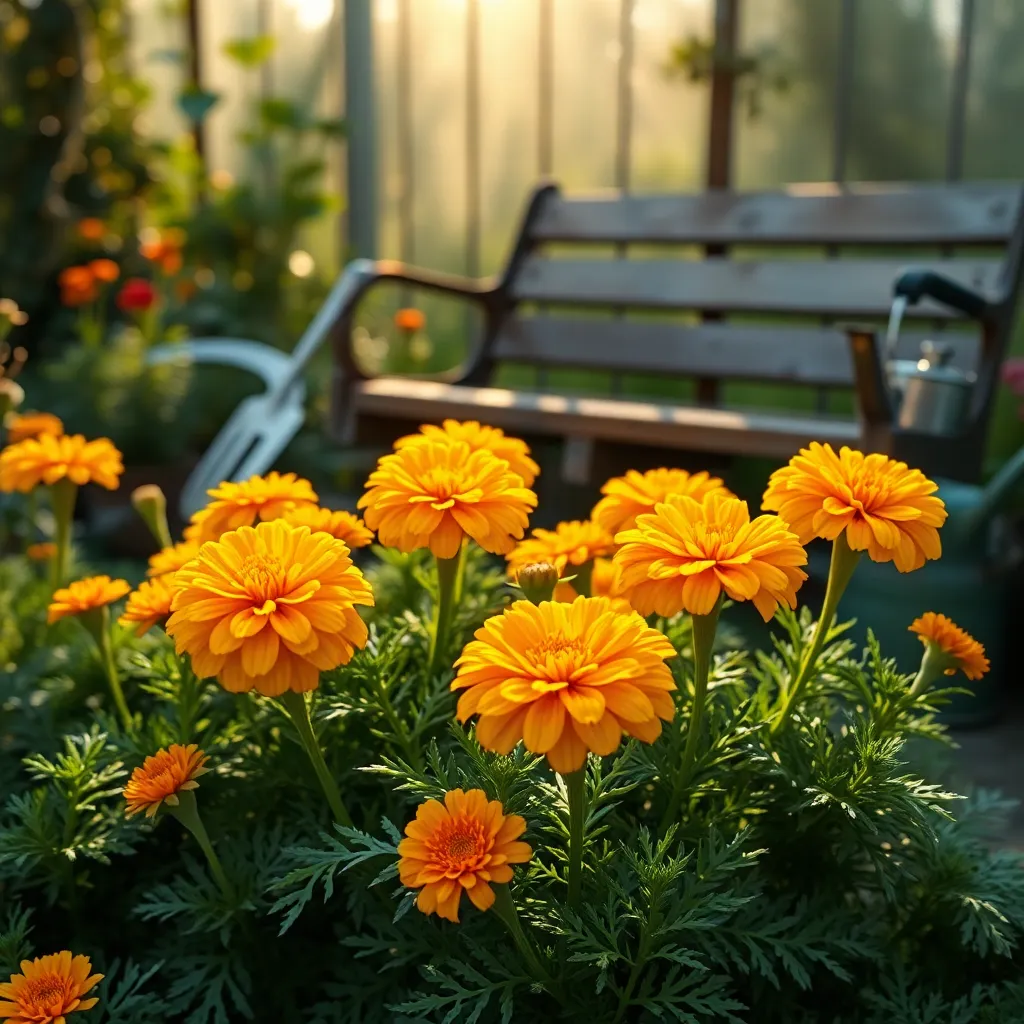
Marigolds (Tagetes erecta) are a vibrant addition to any summer garden, known for their bright, cheerful blooms. They thrive in full sun, requiring at least six hours of direct sunlight daily to produce their best display.
For optimal growth, plant marigolds in well-drained soil enriched with compost or organic matter. Water them thoroughly once a week, allowing the soil to dry out between waterings to prevent root rot.
These flowers are not only beautiful but also resilient, making them perfect for beginner gardeners. Experienced gardeners can take advantage of marigolds’ natural pest-repelling properties when planted alongside vegetables like tomatoes or beans.
When deadheading marigolds, remove spent blooms to encourage continuous flowering throughout the season. Advanced tip: Use the removed flowers for creating natural dyes or in dried floral arrangements for added value.
Petunias (Petunia × atkinsiana)
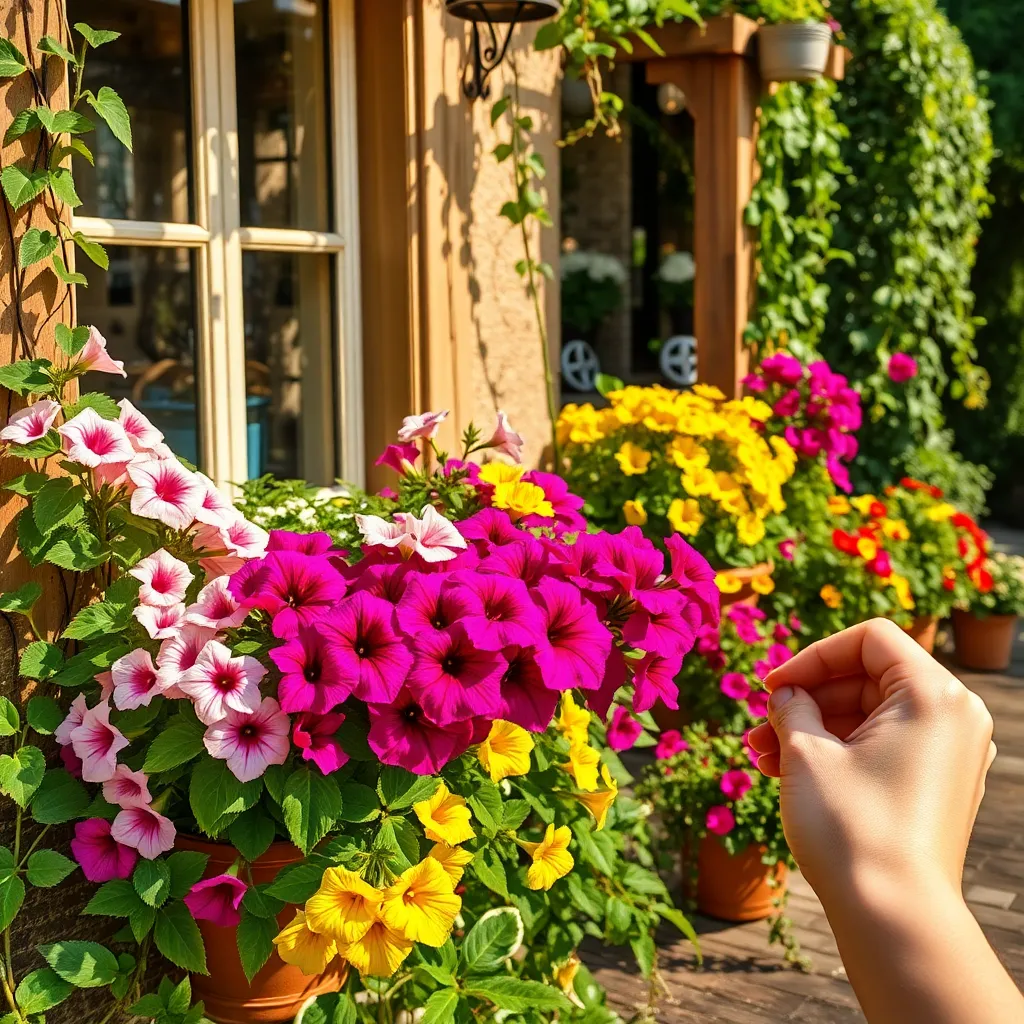
Petunias (Petunia × atkinsiana) are a vibrant addition to any summer garden, offering a cascade of colors from white to deep purple. Their versatility makes them ideal for garden beds, borders, and containers, bringing life to any space they adorn.
To grow petunias successfully, ensure they are planted in well-draining soil enriched with organic matter. For best results, choose a location that receives at least six hours of sunlight daily, as petunias thrive in full sun.
Water your petunias regularly, but be cautious not to overwater. Allow the top inch of soil to dry out between waterings to prevent root rot; this encourages stronger blooms.
For a flourishing display, deadhead spent flowers regularly to promote continuous blooming throughout the season. Advanced gardeners may consider pinching back the stems to encourage bushier growth and more prolific flowering.
Black-eyed Susans (Rudbeckia hirta)
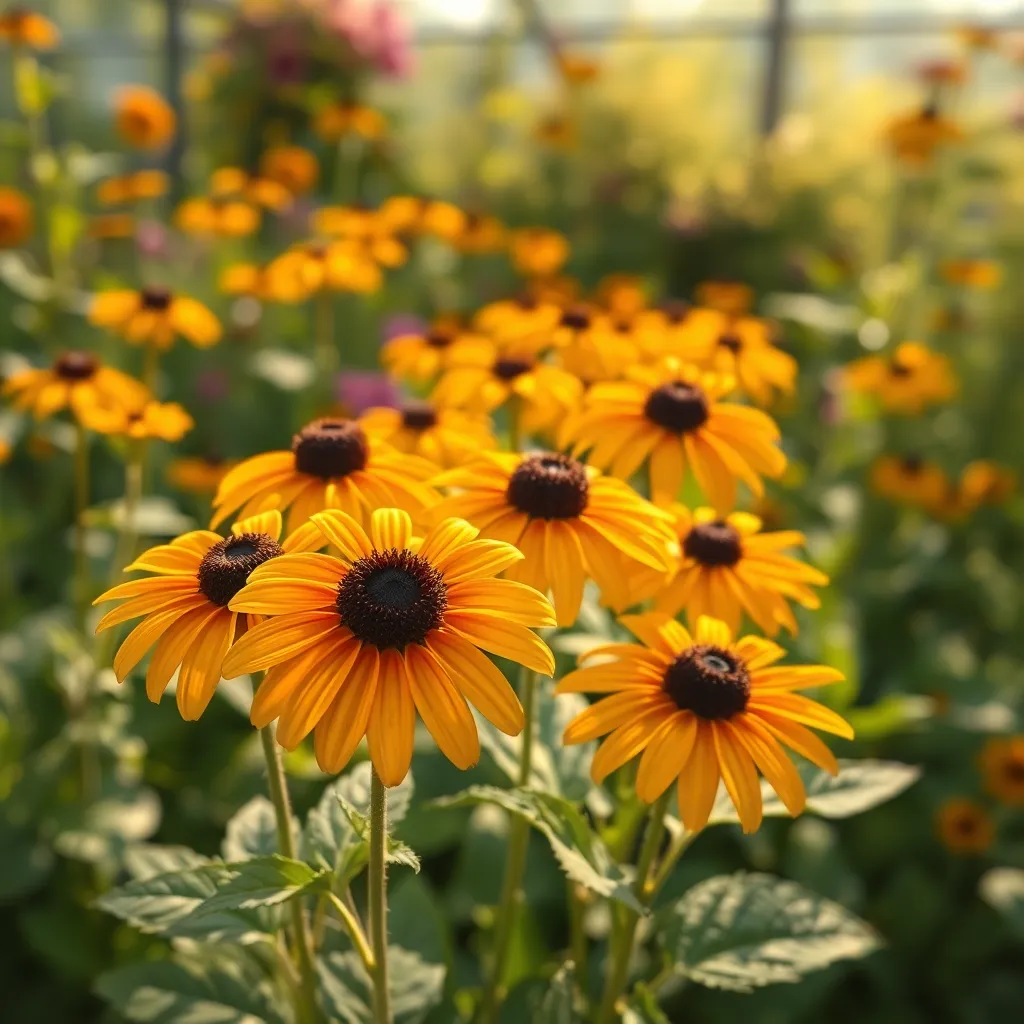
Black-eyed Susans, also known as Rudbeckia hirta, are a delightful addition to any summer garden. Known for their bright yellow petals and dark centers, these flowers are both eye-catching and easy to grow.
To successfully cultivate Black-eyed Susans, ensure they are planted in an area with full sun. They thrive in well-drained soil, making them an excellent choice for gardeners who want a low-maintenance plant.
Watering should be done sparingly once established, as these plants are drought-tolerant. However, during prolonged dry periods, providing them with a deep watering every two weeks will keep them healthy and blooming.
For those looking to extend the blooming season, deadheading spent flowers can encourage additional blooms. Additionally, dividing the plants every 3 to 4 years helps maintain their vigor and prevents overcrowding.
Cosmos (Cosmos bipinnatus)
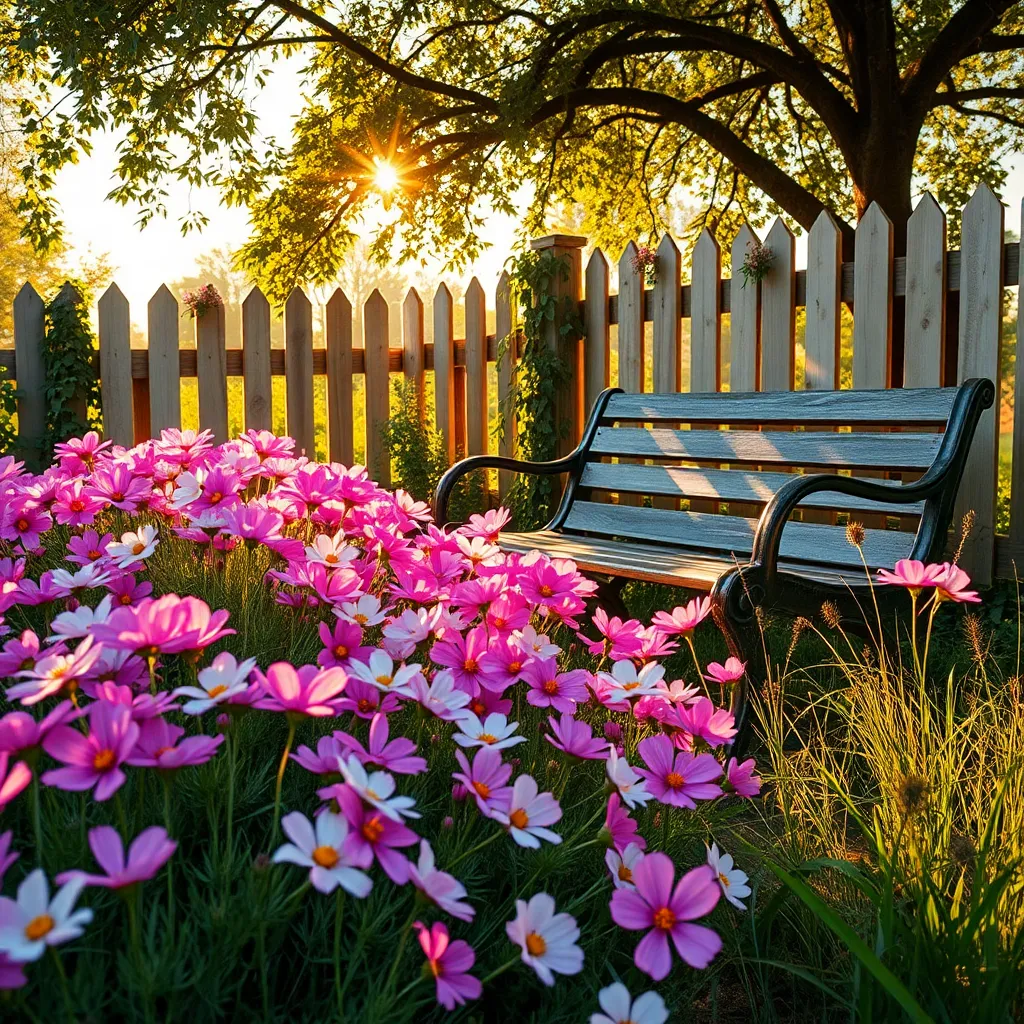
Cosmos (Cosmos bipinnatus) are a delightful addition to any summer garden, offering vibrant blooms that sway gently in the breeze. Known for their low maintenance, these flowers thrive in full sun and well-drained soil, making them perfect for beginners looking to add a splash of color.
To ensure a successful growth, plant cosmos seeds directly outdoors after the last frost, when the soil has warmed. For gardeners eager to get a head start, start seeds indoors about four to six weeks before the last frost date and transplant the seedlings when the weather permits.
Water cosmos sparingly, as they are drought-tolerant once established, requiring only about an inch of water per week. Overwatering can lead to fewer blooms, so it’s best to allow the soil to dry out between waterings, promoting robust growth.
To maximize blooming, deadhead spent flowers regularly, encouraging the plant to produce more blossoms. For those looking to add a variety of colors, consider mixing different cosmos varieties, such as ‘Sonata’ or ‘Sensation’ series, for a diverse and visually appealing display.
Conclusion: Growing Success with These Plants
In cultivating a summer garden filled with vibrant blooms, we explored five key relationship concepts: nurturing growth, embracing diversity, fostering resilience, creating harmony, and celebrating shared beauty. Just as a garden thrives with diverse flowers, relationships flourish when we recognize and nurture different strengths and perspectives. By fostering resilience, we navigate challenges and grow stronger together, much like flowers enduring the summer heat. Creating harmony ensures that each relationship element complements the other, leading to a balanced and beautiful whole. Finally, celebrating the shared beauty in our relationships enriches our lives, just as a garden enhances its surroundings.
As your actionable next step, consider planting a new flower with your partner this weekend, symbolizing your commitment to nurturing and growing together. To keep these relationship insights at your fingertips, bookmark this article for quick reference and reflection.
As you move forward, remember that a relationship, like a garden, requires care and attention but rewards you with beauty and fulfillment. With dedication and love, your relationship can blossom into something truly extraordinary. Save this article now and let it be a reminder of the potential your relationship holds.

